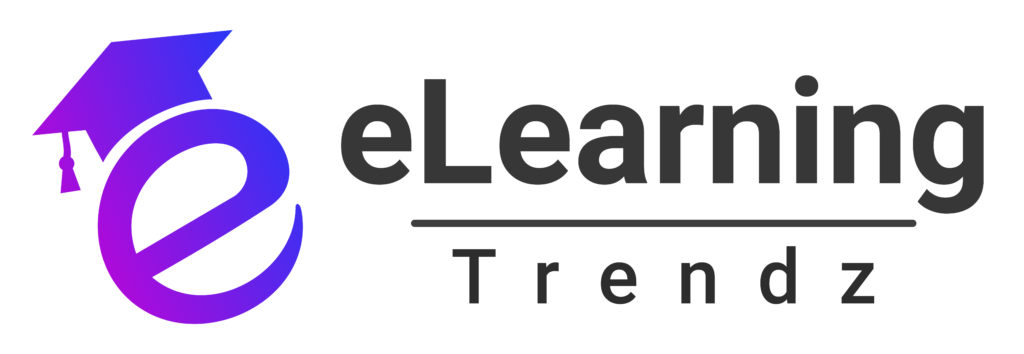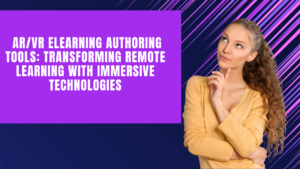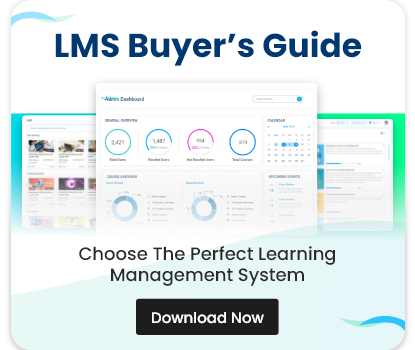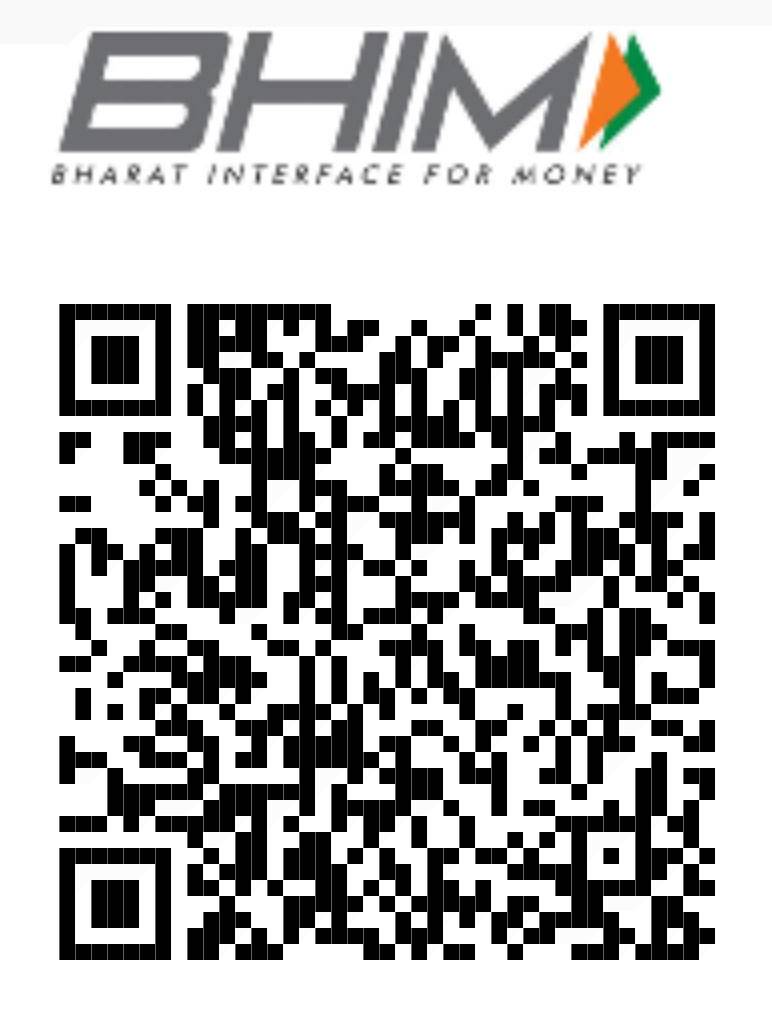The shift towards mobile learning (mLearning) is reshaping workplace training. With over 6.8 billion smartphone users worldwide and 80% of employees using their personal mobile devices for work, businesses are leveraging mobile technology to enhance corporate learning.
Workplace training is no longer confined to classrooms or desktops. Employees now expect on-the-go access to learning content, making mobile learning an essential component of modern corporate training strategies. In this blog, we’ll explore how smartphones are transforming workplace training, key statistics, benefits, and best practices for successful implementation.
What is Mobile Learning?
Mobile learning (mLearning) refers to the delivery of training content via mobile devices, such as smartphones and tablets. It enables employees to access learning materials anytime, anywhere, without being tied to a desktop computer or a physical classroom.
📌 Key Stats on Mobile Learning Adoption:
- 70% of employees feel more motivated when training is available on mobile devices. (Source: Software Advice)
- 64% of learners find accessing training content from a mobile device more convenient. (Source: Training Industry Report)
- Mobile learning boosts engagement rates by 72% compared to traditional training methods. (Source: Brandon Hall Group)
Why is Mobile Learning Gaining Popularity in Workplace Training?
Several factors are driving the rapid adoption of mobile learning in corporate training:
- Growth of Remote Work – With over 58% of the global workforce working remotely at least part-time, mobile learning ensures continuous training access.
- Shorter Attention Spans – Employees today prefer bite-sized, easily digestible training modules, making mobile-friendly microlearning an effective approach.
- High Smartphone Usage – On average, people spend 4.8 hours daily on their mobile devices, making smartphones a natural platform for training.
- Demand for Personalized Learning – 91% of employees prefer learning at their own pace rather than attending scheduled training sessions.
How Smartphones Are Changing Workplace Training
Learning Anytime, Anywhere
Employees can now access training materials on-demand, reducing disruptions in their workflow. Whether commuting, waiting for a meeting, or taking a break, they can complete short training sessions conveniently.
Microlearning & Gamification for Better Engagement
- Microlearning delivers training in short, 3–7 minute sessions, increasing retention by 50%.
- Gamified learning (badges, leaderboards, rewards) enhances engagement and encourages employees to complete training.
Interactive & Multimedia Learning
Mobile learning supports videos, podcasts, quizzes, and simulations, making training more engaging and effective. 91% of learners prefer visual and interactive content over text-based materials.
Real-Time Feedback & Performance Tracking
- Instant assessments and real-time feedback help employees identify areas for improvement.
- Employers can track course completion rates, quiz scores, and engagement levels to measure training effectiveness.
AI-Driven Personalization
Artificial Intelligence (AI) tailors mobile learning experiences by:
- Suggesting relevant courses based on employees’ roles and performance.
- Adapting content difficulty based on learning progress.
- Providing AI-powered chatbots for instant support.
Key Benefits of Mobile Learning in Workplace Training
- 📈 Higher Knowledge Retention – Microlearning improves retention rates by 80% compared to traditional learning.
- 📊 Increased Productivity – Employees spend 40% less time in training while retaining more information.
- 📲 Cost-Effective – Mobile learning reduces corporate training costs by 50%, cutting expenses on printed materials, trainers, and in-person workshops.
- ⏳ Time-Saving – Employees can complete training 45% faster than traditional learning methods.
- 👥 Enhanced Collaboration – Mobile learning enables social learning features like discussion forums, group chats, and peer-to-peer coaching.
Best Practices for Implementing Mobile Learning in Your Organization
- Choose a Mobile-Friendly LMS – Ensure your Learning Management System (LMS) is optimized for mobile devices and offers an intuitive interface.
- Adopt a Microlearning Strategy – Keep training modules short and engaging, ideally under 10 minutes per session.
- Leverage Multimedia Content – Incorporate videos, infographics, and interactive quizzes to boost engagement and knowledge retention.
- Enable Offline Learning – Provide downloadable content so employees can learn without an internet connection.
- Use AI & Analytics – Track employee progress, analyze learning behaviors, and personalize training recommendations.
- Encourage Social Learning – Foster collaboration through peer discussions, live Q&A sessions, and chat forums.
Conclusion
Mobile learning is no longer just an option; it’s necessary in modern workplace training. As businesses adapt to digital transformation, leveraging smartphones for training ensures accessibility, engagement, and better knowledge retention.
Companies that embrace mobile learning see higher employee satisfaction, reduced training costs, and improved performance. Now is the time to integrate mobile-first training solutions into your workforce development strategy.
🚀 Ready to implement mobile learning? Explore Paradiso AI’s mobile-friendly LMS and transform the way your employees learn!









